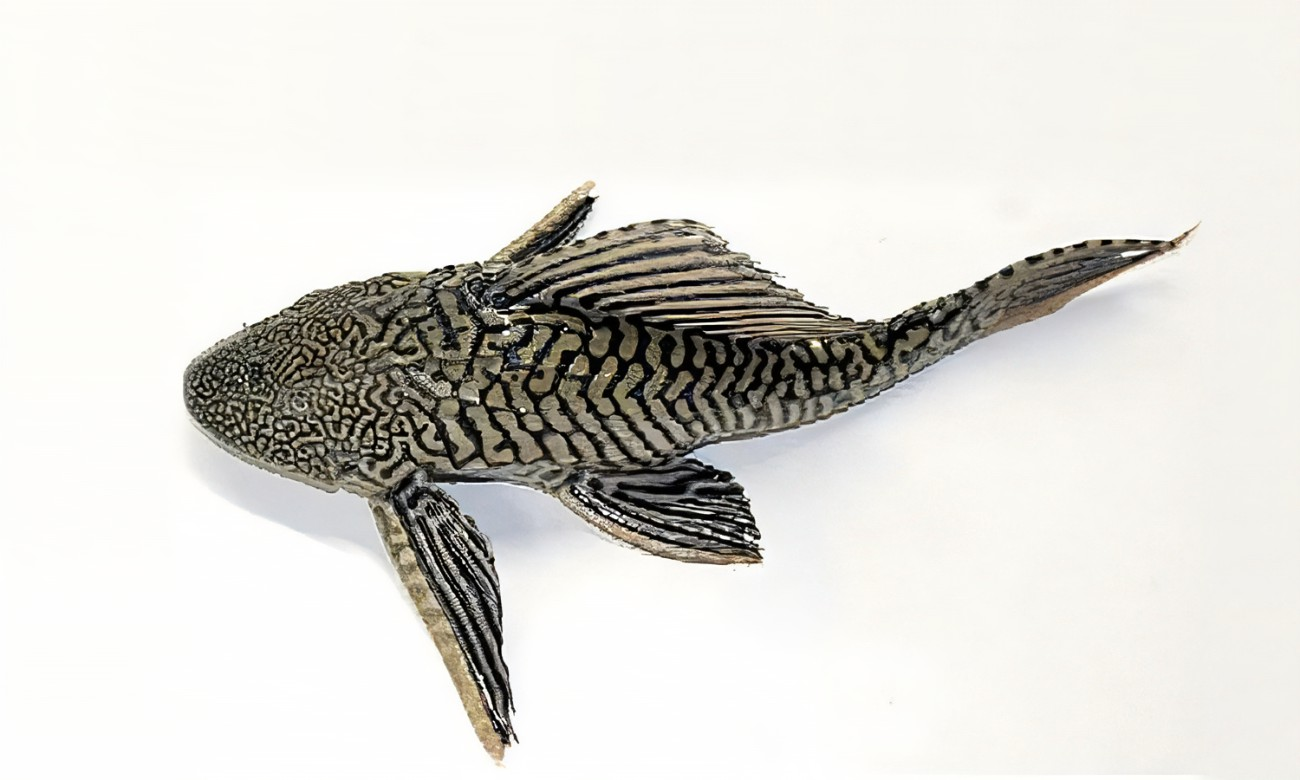Important Facts For Prelims
Sailfin Armoured Catfish
- 18 May 2024
- 4 min read
Why in News?
Recently, scientists from CSIR-Centre for Cellular and Molecular Biology (CCMB) have discovered that the invasive armoured sailfin catfish has proliferated to 60% of the water bodies in the Eastern Ghats, causing harm to fishing nets and disrupting the ecosystem.
What are the Key Facts About Sailfin Catfish?
- About:
- The sailfin armoured catfish, a collection of several morphologically similar species belonging to the genus Pterygoplichthys of the Loricariidae from South America, has been widely introduced to tropical and subtropical freshwater environments worldwide and has caused serious ecological impacts.
- It is one of the most serious invasive species.
- In India, the fish species was originally introduced for its distinct appearance and its capacity to remove algal growth in tanks and aquariums, but its population has since increased dramatically.
- Features:
- Sailfin catfish have worm-like dark markings on the head over a dark-golden background, stout pectoral fins with rough surfaces, and a disc-like, protrusible mouth used like a suction cup to attach and feed on algae.
- Female fish are generally smaller, while those larger than 18 inches are likely to be male.
- Habitat
- Sailfin catfish live in various slow-moving water bodies and are most commonly found near the shore and in shallow waters.
- They are known to create spawning burrows along shorelines, sometimes undermining canal banks and lake shorelines.
- Age and Growth:
- Grow to more than 20 inches and weigh 3.0 pounds.
eDNA-Based Quantitative PCR Assay
- It is a unique technique developed by the CSIR-Centre for Cellular and Molecular Biology (CCMB) to map the presence and spread of invasive species.
- Invasive species when introduced in a new ecosystem can grow rapidly and often lack predators which threatens the new ecosystem and livelihoods depending on it.
- eDNA is environmental DNA collected from water samples.
- This technique aids in the early detection of invasive species, which greatly contributes to ongoing efforts to manage invasive species and directly benefits the survival of native and economically important fish.
- Early detection of invasive fish is essential for preserving ecosystems, minimising loss of fish catch, and supporting ecological balance.
- The eDNA approach is reliable, accurate, cost-effective, and suitable for large landscapes like Eastern Ghats water bodies. It can test about 20 waterbodies for invasive species presence in a single lab test.
UPSC Civil Services Examination Previous Year Question (PYQ)
Q. Recently, our scientists have discovered a new and distinct species of banana plant which attains a height of about 11 meters and has orange-coloured fruit pulp. In which part of India has it been discovered? (2016)
(a) Andaman Islands
(b) Anaimalai Forests
(c) Maikala Hills
(d) Tropical rain forests of northeast
Ans: (a)
Q. Consider the following kinds of organisms: (2021)
- Copepods
- Cyanobacteria
- Diatoms
- Foraminifera
Which of the above are primary producers in the food chains of oceans?
(a) 1 and 2
(b) 2 and 3
(c) 3 and 4
(d) 1 and 4
Ans: (b)
Q. With reference to the evolution of living organisms, which one of the following sequences is correct? (2009)
(a) Octopus – Dolphin – Shark
(b) Pangolin – Tortoise – Hawk
(c) Salamander – Python – Kangaroo
(d) Frog – Crab – Prawn
Ans: (c)







